In today’s hyper-digital world, good design isn’t just about looking polished—it’s about converting visitors into loyal customers. You can have the best product or the most compelling message, but if your website design isn’t working with you, it’s working against you.
Let’s break down how poor UI/UX design could be quietly draining your performance—and exactly how to fix it.
The Hidden Cost of Bad Design
According to Forrester Research, a well-designed user interface can raise your website’s conversion rate by up to 200%, and better UX design overall can yield conversion rates up to 400%.
Still, most businesses ignore the signs of design friction:
- High bounce rates
- Low click-throughs on CTAs
- Confusing layouts
- Mobile drop-offs
These aren’t just UX problems—they’re revenue problems.
What Good UI/UX Actually Looks Like
UI (User Interface) is the visual layout: buttons, typography, colour palettes.
UX (User Experience) is how people feel when interacting with it: seamless, frustrating, slow, or intuitive?
Here’s what you need for both:
1. Clarity Over Creativity
That “edgy” menu or minimalist layout may win awards—but if users can’t find your contact page or service info in 5 seconds, they’re gone. Fast.
Fix: Use clear navigation labels, legible fonts, and accessible layouts.
2. One Action Per Screen
Too many CTAs? Too many visual distractions? That’s cognitive overload—and users exit without taking any action.
Fix: Focus each screen or section on one primary action. Want them to sign up? Don’t offer three other distractions.
3. Mobile-First Isn’t Optional
Over 60% of all web traffic comes from mobile. If your site isn’t optimised for it, your users aren’t staying.
Fix: Test responsiveness across all major devices. Use tools like Google’s Mobile-Friendly Test to spot usability issues instantly.
4. Speed = Trust
A delay of just 1 second in page load time can reduce conversions by 7% (Source: Akamai).
Fix: Compress images, limit unnecessary animations, and use proper caching and CDN tools.
5. Micro interactions Build Macro Impact
Subtle button hovers, loading animations, form feedback—these small touches guide users and improve trust.
Fix: Use interaction cues to confirm clicks, loading states, and form completions. Smooth = smart.
Bonus: Tools to Audit Your UX
Hotjar / Microsoft Clarity – Heatmaps & session recordings
Google Analytics (Behaviour Flow) – UX path tracking
UXCheck (Chrome Extension) – Usability heuristics checklist
Final Thought: Design That Converts Is Design That Cares
Don’t fall for the trap of “aesthetic-first” thinking. Design is not decoration. It’s strategy. Every pixel, placement, and prompt must guide the user toward a goal—with ease, clarity, and trust.
Want to see if your website design is helping or hurting your growth?
Let’s run a free UX audit and show you where your biggest opportunities lie.




